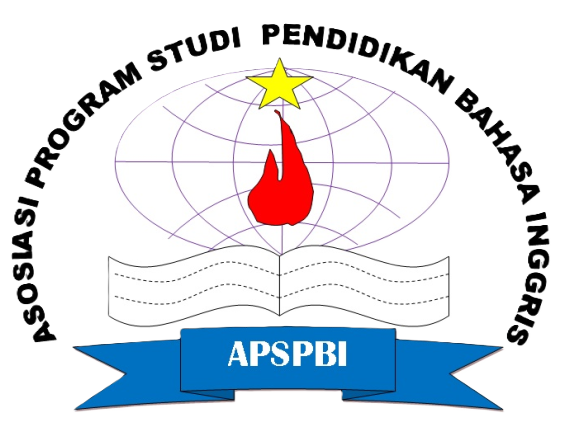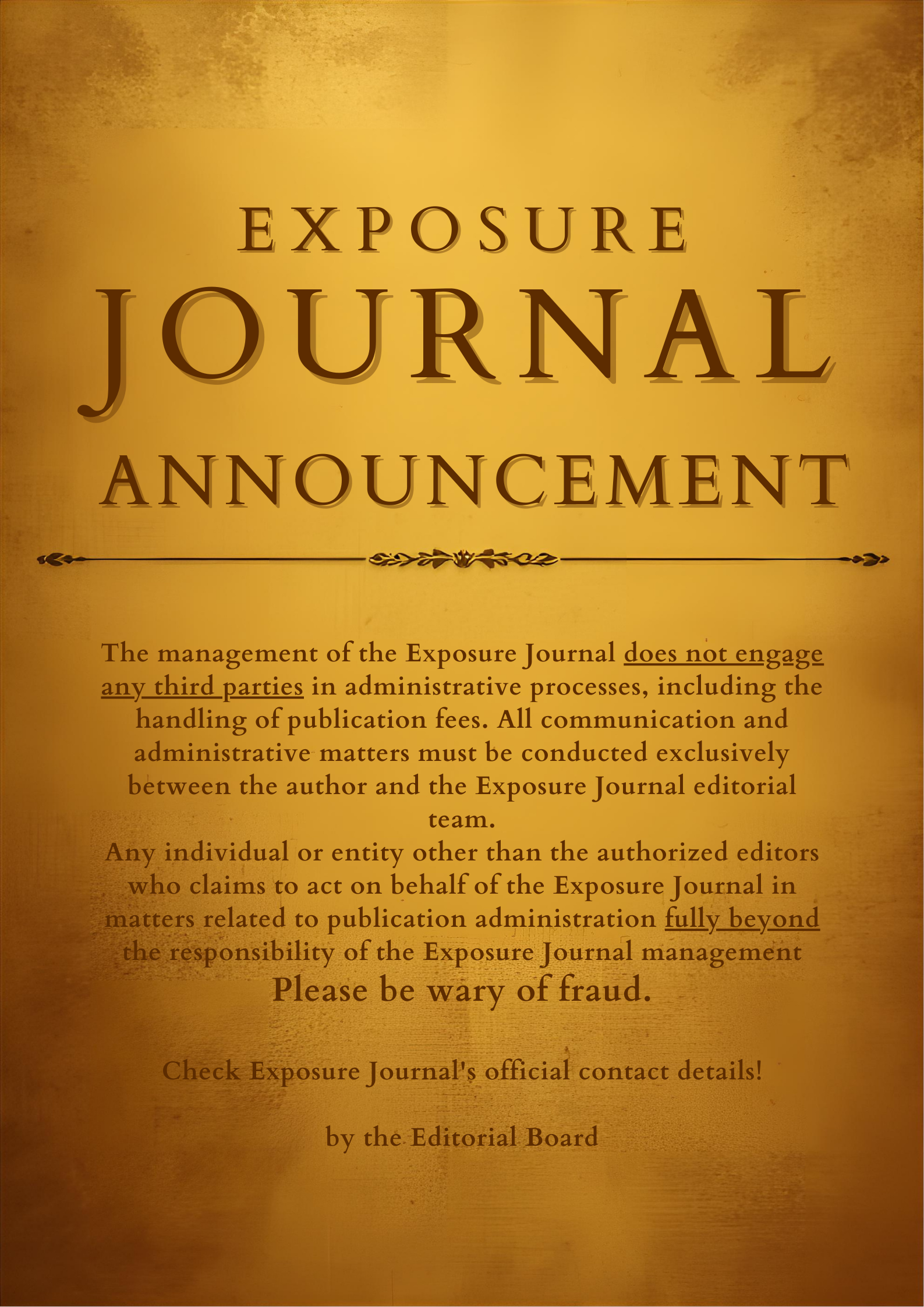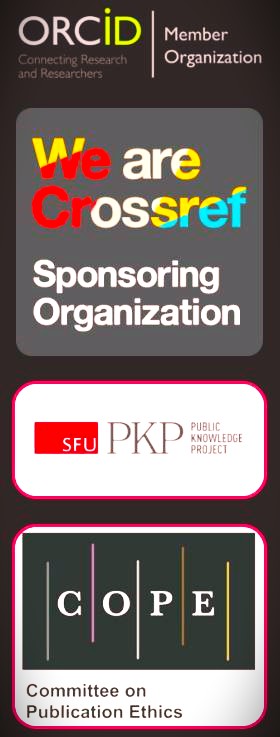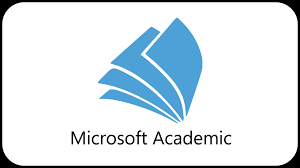MULTICUTURAL CLASSROOM: TEACHER’S REFLECTION IN TEACHING ENGLISH FOR INTERNATIONAL STUDENTS FROM NON-ENGLISH SPEAKING COUNTRY
DOI: https://doi.org/10.26618/exposure.v7i2.1511
multicultural classroom, international students, English language learning
Abstract
This present article aimed to elaborate the challenging problems that have been encountered by multicultural classroom teacherand how to deal with it. Heterogeneity in classroom is a common issue in language learning, especially with the involvement of multiculturalism. In this globalization era, the emergence of educational exchange causes students from a country takes their higher education in another country having better quality and reputation. Those students are commonly addressed as international students. The enrollment of such students is perceived advantageous for the university since it improves the international recognition. However, it also requires some efforts concerning the multicultural issue such as language, so that the students may successfully accomplish their study in a country which the native language is different from their native. With regard to this condition, the use of international language as a means of communication is unavoidable. However, in some circumstances, the use of native language in which the students take their study is more required, depending on the educational policy in appointed university. There are several students from Thailand taking their study in a private university in Ponorogo. Concerning the language, most of them are not mastering both English and Indonesia. As a result, teaching those students might be challenging due to misunderstanding communication that may occur in the classroom, especially for students who do not enroll in English Department. It presents the author’s experiences in teaching English for specific purposes in Communication Science Department of this university.
References
Alismail, H. A. (2016). Multicultural Education : Teachers ’ Perceptions and Preparation. Journal of Education and Practice, 7(11), 139–146.
Alsubaie, M. A. (2015). Examples of Current Issues in the Multicultural Classroom, 6(10), 86–90.
Briggs, S. J. (2016). The Multilingual / Multicultural Classroom, 8958(June). https://doi.org/10.1080/00228958.1991.10517866
Chen, L., & Huang, D. (2013). Internationalization of Chinese Higher Education, 3(1), 249–253. https://doi.org/10.5539/hes.v3n1p92
Crose, B. (2011). Internationalization of the Higher Education Classroom : Strategies to Facilitate Intercultural Learning and Academic Success, 23(3), 388–395.
Cvetkova, B., & Andonovska-trajkovska, D. (2014). Challenges for teachers in multicultural classrooms, (December 2015).
Eight, C. (2010). Multicultural Education, 93–103.
Falcone, S. (2017). International Student Recruitment : Trends and Challenges. Journal of International Students, 7(2), 246–256.
Gomez, M. N., & Diarrassouba, N. (2014). What Do Teachers Need to Support English Learners ?, 7(5), 89–101. https://doi.org/10.5539/elt.v7n5p89
Gretta, K. N. (2001). A CRITICAL ANALYSIS OF MULTICULTURAL EDUCATION WITH SPECIAL REFERENCE TO THE VALUES ISSUE IN THE SOUTH AFRICAN CONTEXT, (November).
Hansen-thomas, H., & Chennapragada, S. (2018). Culture Clash in the Multicultural Classroom : A Case Study From a, 11(4), 82–90. https://doi.org/10.5539/elt.v11n4p82
Islam, R. (2017). Investigating Factors that Contribute to Effective Teaching-Learning Practices : EFL / ESL classroom Context, 10(4), 15–21. https://doi.org/10.5539/elt.v10n4p15
Khatoon, S., Rehman, S., & Ajmal, M. (2011). Teaching in Multicultural Classroom- Assessing Current Programs of Teachers ’ Training in Pakistan. International Journal of Humanities and Social Science, 1(6), 70–78.
Kolano, L. A. N. Q., Lachance, J., & Coffey, H. (2014). Multicultural Teacher Education: Why Teachers Say It Matters in Preparing Them for English Language Learners, 41–65.
Kourieos, S., & Evripidou, D. (2013). Students ’ Perceptions of Effective EFL Teachers in University Settings in Cyprus, 6(11). https://doi.org/10.5539/elt.v6n11p1
Krechetnikov, K., Pestereva, N., Federation, R., & Federation, R. (2016). Prospects for the Development and Internationalization of Higher Education in Asia. European Journal of Contemporary Education, 16(2), 229–238. https://doi.org/10.13187/ejced.2016.16.229
Nadda, P. (2017). Teaching Strategies in a Multicultural Classroom, (2), 741–743.
Nakaya, A. (2018). Overcoming Ethnic Conflict through Multicultural Education : The Case of West Kalimantan, Indonesia. International Journal of Multicultural Education, 20(1), 118–137.
Ota, H. (2018). Internationalization of Higher Education : Global Trends and Japan ’ s Challenges, (12), 91–105.
Premier, J. A., & Miller, J. (2010). Preparing Pre-service Teachers for Multicultural Classrooms, 35(March), 35–48.
Short, J. R. (1974). How to Teach in a Multicultural Classroom. School Health Review, (October), 4–6.
Theodoridis, D. (2015). Internationalization of higher education – Teaching challenges in an international , multicultural classroom, (September).
Tonbuloglu, B. (2016). Teachers ’ Awareness of Multicultural Education and Diversity in School Settings, (64), 1–28.
Witsel, M. (2003). Teaching and learning issues in the multicultural classroom, 6–7.
Downloads
Published
How to Cite
Issue
Section
License
Authors who publish with this journal agree to the following terms:
In order to assure the highest standards for published articles, a peer review policy is applied. In pursue of the compliance with academic standards, all parties involved in the publishing process (the authors, the editors and the editorial board and the reviewers) agree to meet the responsibilities stated below in accordance to the Journal publication ethics and malpractice statement.
Duties of Authors:
- The author(s) warrant that the submitted article is an original work, which has not been previously published, and that they have obtained an agreement from any co-author(s) prior to the manuscript’s submission;
- The author(s) should not submit articles describing essentially the same research to more than one journal;
- The authors(s) make certain that the manuscript meets the terms of the Manuscript Submission Guideline regarding appropriate academic citation and that no copyright infringement occurs;
- The authors(s) should inform the editors about any conflict of interests and report any errors they subsequently, discover in their manuscript.
Duties of Editors and the Editorial Board:
- The editors, together with the editorial board, are responsible for deciding upon the publication or rejection of the submitted manuscripts based only on their originality, significance, and relevance to the domains of the journal;
- The editors evaluate the manuscripts compliance with academic criteria, the domains of the journal and the guidelines;
- The editors must at all times respect the confidentiality of any information pertaining to the submitted manuscripts;
- The editors assign the review of each manuscript to two reviewers chosen according to their domains of expertise. The editors must take into account any conflict of interest reported by the authors and the reviewers.
- The editors must ensure that the comments and recommendations of the reviewers are sent to the author(s) in due time and that the manuscripts are returned to the editors, who take the final decision to publish them or not.
Authors are permitted and encouraged to post online a pre-publication manuscript (but not the Publisher’s final formatted PDF version of the Work) in institutional repositories or on their Websites prior to and during the submission process, as it can lead to productive exchanges, as well as earlier and greater citation of published work (see The Effect of Open Access). Any such posting made before acceptance and publication of the Work shall be updated upon publication to include a reference to the Publisher-assigned DOI (Digital Object Identifier) and a link to the online abstract for the final published Work in the Journal.














